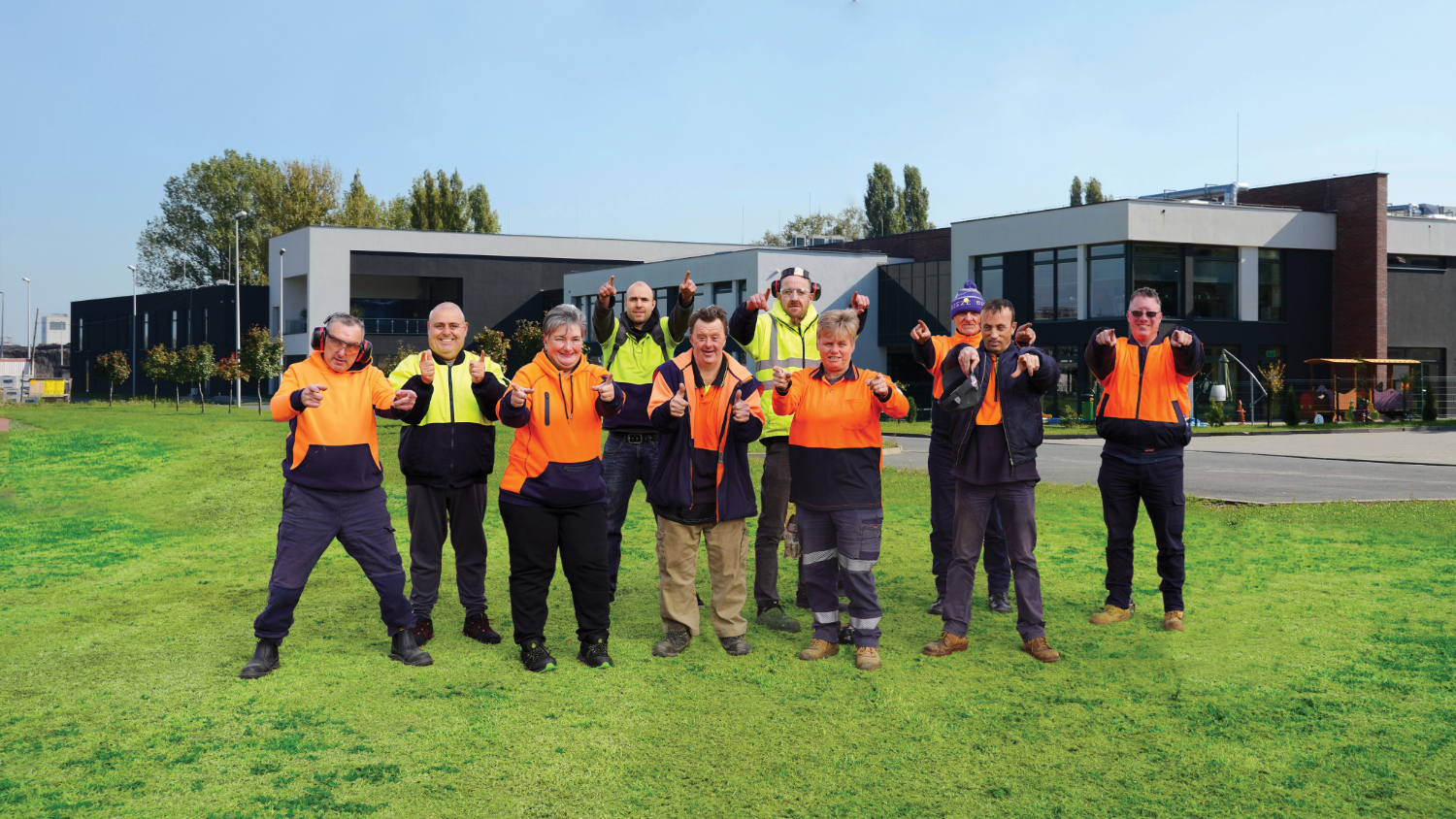Understanding the basics of SDA

Navigating the world of Specialist Disability Accommodation (SDA) can be overwhelming, so let’s start with the basics:
What is SDA?
Specialist Disability Accommodation, or SDA, is purpose-built housing for people with significant impairment as a result of a disability and are built with different features to make it easier to live a more independent life. To be classified as a SDA property, the dwelling must meet certain design standards set by NDIA and comes in different design categories.
What are the SDA Design Categories?
There are four design categories of SDA which are set out by the NDIS. If SDA is approved in someone’s plan, it will be listed in the Capital budget section stating what design category and building type has been approved for someone to live in, as well as how many other residents someone can live with. These variations will alter the amount of funding that can be claimed for SDA support. The categories are:
Improved Liveability
Housing that has been designed with features that improve physical, cognitive and sensory accessibility. Common features include more tactile switches, hand rails, sensory spaces and improved way-finding features.
Fully Accessible
Housing that has been designed with greater physical access for people who use mobility aids some or all of the time. Fully Accessible properties will have wider door frames, adjustable surfaces, and no steps for ease of movement.
Robust
Housing that has been designed to be more structurally robust for people who display severe behaviours of concern which places themselves and those around them at greater risk. These properties are designed to be less prone to reactive maintenance and generally have increased impact resistance and sound proofing.
High Physical Support
Housing that has been designed to incorporate additional features for people with higher support needs. The structure of the build is reinforced for ceiling hoists and has back up power supplies for power wheelchairs in case of grid outages.
What are the SDA Building Types?
There are also different building types, for which participants being considered for SDA will be deemed suitable. These include:
Apartment – generally built for only 1-2 residents. Apartments cannot be built to Robust standards so would be unsuitable for participants needing this kind of housing support.
Duplex / Villa / Townhouse – can be configured for all design categories and will generally be a block of dwellings on one property.
House – a stand alone detached dwelling which generally caters for anywhere between 2-4 participants.
Group Home – this is an older model of SDA where 5 or more residents live in a shared house. Typically residents will have shared bathrooms and have lived there for many years. New group home builds are likely to be phased out in the future.
During your initial meeting for SDA, the planner will consider how many people you would like to live with and what design category will best support your daily living needs.
Eligibility
Specialist Disability Accommodation is designed to meet the needs of those who are unable to live in a standard residential build. This is a specialised type of NDIS funding and there are strict eligibility criteria a person has to meet to get SDA funded in their plan.
The most important thing to consider if applying for SDA is whether or not SDA is the best option to support someone’s daily living needs, and also that it represents value for money for the NDIA.
Additional information on SDA eligibility can be found on our website’s resource tab, the NDIS website, or you can speak with the InPlace Living team. We are always happy to assist!
Other blog posts
Are You Ready to get your SDA InPlace?
Enquire Now


